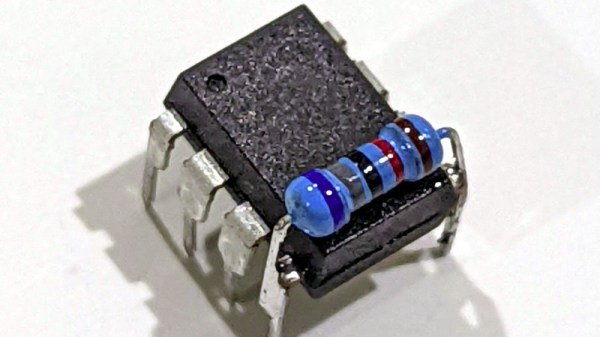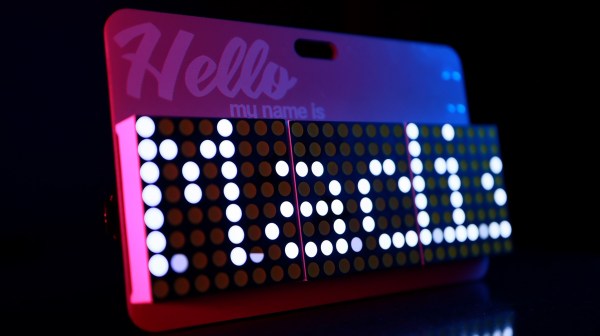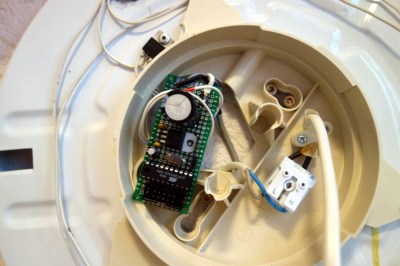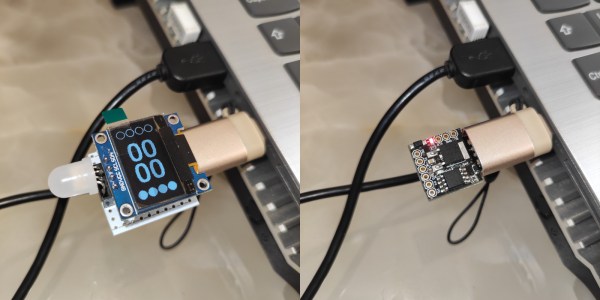It’s a constant of writing for Hackaday, that whenever a project appears using a 555 timer, someone will say “You could have used a microcontroller to do that!”. It’s something that [Shranav Palakurthi] has approached with the ATTiny555, a project that emulates an entire 555 by making clever use of the humble and ubiquitous microcontroller chip. We’ve all been guilty of it at some time, but now at last the ATTiny85 enthusiasts have conclusive proof that their favourite piece of cheap silicon can prove its mettle.
The full details of the ingenious 555 replacement can be found in its GitHub repository, and for those willing to take the plunge it’s as simple as adding a resistor and updating the firmware. It’s not the perfect 555 replacement with its imperfect analogue performance and swapped reset and ground pins, but it does however bring the advantage of a lower supply voltage.
You can see the device in action in the YouTube video below the break, but meanwhile rejoice that finally there’s a way to replace all those unnecessary 555s with your favourite inexpensive 8-pin chip!
While we’re on the subject of the 555, don’t forget we’re running our 555 contest again.
Continue reading “You Can Always Use An ATtiny Instead Of A 555”










 [Uri]’s project was
[Uri]’s project was 








